 Why go to the Moon. Been there, done that
Why go to the Moon. Been there, done that
There are a couple of good reasons why we should return to the Moon.
First, it could serve well as a source of fuel, mineral and other elements the Earth lacks.
Secondly, the Moon could be used as a start point of further exploration of space.
Anyways, NASA has determined the dead lines. Building of a permanent lunar base should start in 2015, and that would be a great starting point to head to Mars, by the year 2030.
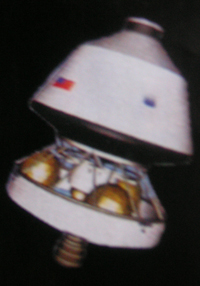 How to get there
How to get there
Officially, NASA has committed to create a space craft that would replace the space shuttle by 2010. This vehicle would provide the transportation from the International Space Station to the Moon. First test flights with CEV (Crew Exploration Vehicle) were scheduled for 2008. And there is the problem. Isn’t that a short period of time for testing a space craft when taken into account that testing of a new fight jet in US army takes 13 years of research and test flights.
Some believe that the same capsule as used in the “Apollo†program could be reused as a transportation vessel. That would include the application of “Saturn 5†rocket or some even more powerful launching equipment which might already be at NASA’s disposal but has been held secret to this day…
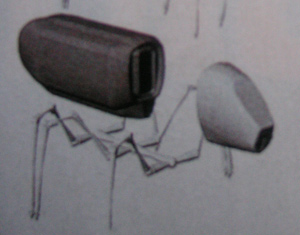
- Astrominers vehicle
Three phase plan
The colonization of the Moon should be conducted according to a tree phase plan.
In the first phase we should be able to pick the best spot for constructing a permanent base.
Second phase should include building a mine near Moon’s equatorial plane, since that area is easily accesses from the Earth. Astro-miners would live in mobile modules, interconnected with tunnels covered with lunar dust for protection from radiation and meteors. Their assignment would be creating a supply of iron and titanium needed for further development of the base. They would also create supplies of siliceous needed for production of solar plates, used as the energy source.
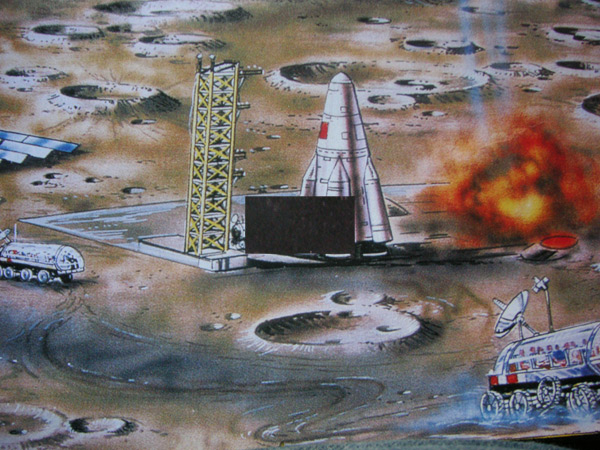
According to Mr. Harrison Smith: “Than we could start theextraction of Helium-3, gas element that is used during a nuclear fusion and is used for the extraction of energy, which will not be used on Earth, at least, in next 50 yearsâ€. If we add the fact that a single cargo load of a single shuttle would provide enough helium for a year supply of US electricity needs, it is clear what the colonization of the Moon would provide us.
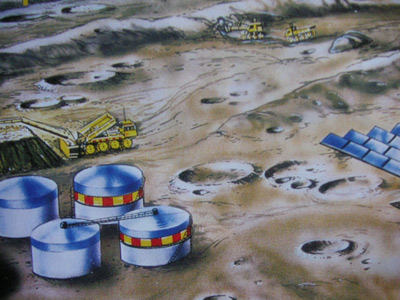
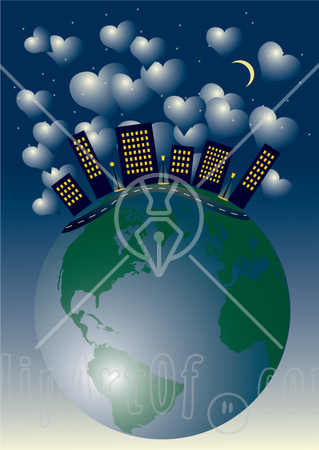
It is in the third phase we would commence building a permanent base, probably in the place of landing exploration vehicles called “Clementine†and “Lunar Prospectorâ€. It is those locations that are exposed to Sun rays 90 percent of the time and that would provide enough energy for the station to function.
Thousand guest hotel
First on the Moon would be the technicians and scientists, an a few decades later, around the year 2050, from the materials found on the Moon surface they start building a hotel. One of the projects includes building a hotel composed of two high towers, each 160 meters high which would accommodate up to 400 guests. The other project, more ambitiously includes building a 325 meters high hotel with a lake that could accommodate amazing five thousand guests. Thanks to Moon’s low gravity you could really let your imagination go wild and with minimum material spending build magnificent buildings. That is if we are able to sort out a few minor issues of temperatures fluctuating from 302 degrees Fahrenheit on day light to minus -148 degrees in the shadow, but especially from radiation and unexpected meteor showers.
Looking forward
Besides great expanses, what to expect from the colonization of the Moon. Probably, a new source of energy and various minerals. But, most definitely a great challenge, that we need to face in order to make a giant leap in science and technology we have been waiting for quite some years. Human kind needs to prove itself worthy and find a way to expand and reach new limits. The first step is the hardest, but Moon…Here we come!
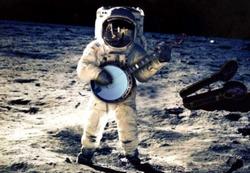
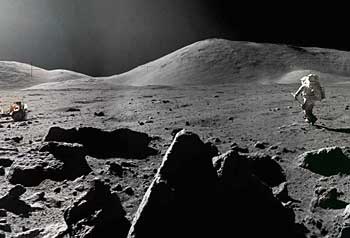
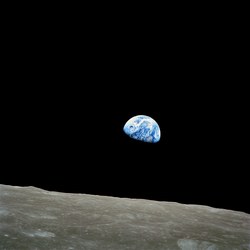
For further info, visit www.nasa.com



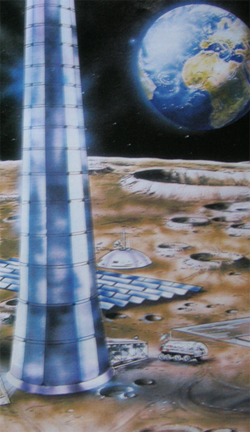


















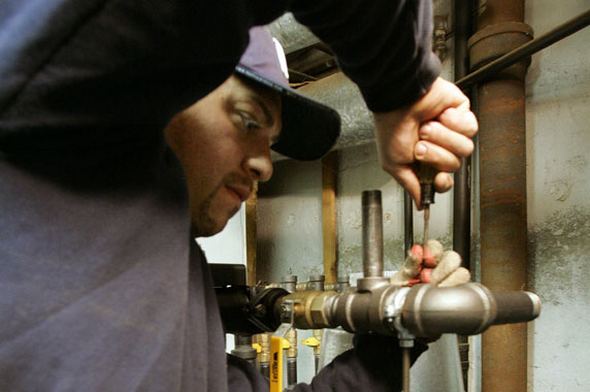
Great article! I’ve used it as a source for my class essay. May I quote you? Would it be okay if I had your name? Thank you very much! Grace.